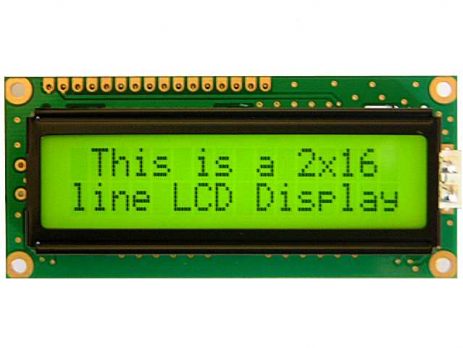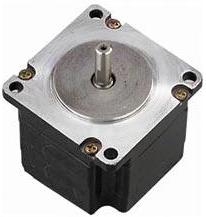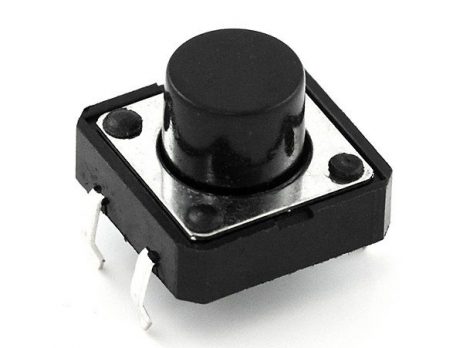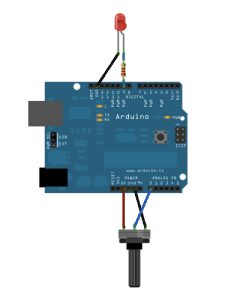Interfacing LCD with Atmega32 Microcontroller using Atmel Studio
As we all know LCD (Liquid Crystal Display) is an electronic display which is commonly used nowadays in applications such as calculators, laptops, tablets, mobile phones etc. 16x2 character LCD module is a very basic module which is commonly used by electronic hobbyists and is used in many electronic devices and project. It can display 2 lines of 16 character and each character is displayed using 5x7 or 5x10 pixel matrix. 16x2 Character LCD Interfacing 16x2 LCD with Atmega32 Atmel AVR Microcontroller using...








